#Saxicolinae
Text
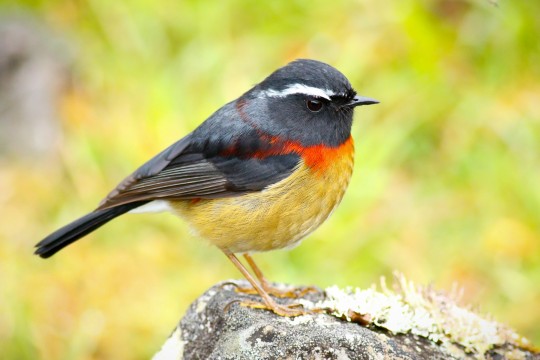
[2540/11080] Collared bush robin - Tarsiger johnstoniae
Order: Passeriformes
Suborder: Passeri
Superfamily: Muscicapoidea
Family: Muscicapidae (old world flycatchers)
Subfamily: Saxicolinae (chats)
Photo credit: u7 Liao via Macaulay Library
#birds#Collared bush robin#Passeriformes#Passeri#Muscicapoidea#Muscicapidae#Saxicolinae#Tarsiger#birds a to z#undescribed
250 notes
·
View notes
Video
OLD WORLD FLYCATCHER (MUSCICAPIDAE) Robins by Adam Swaine
Via Flickr:
The flycatchers in the genus Ficedula are typically small with slender bodies and rounded heads. In many cases they are sexually dimorphic in their plumage, with the males being brightly or strikingly coloured and the females being duller or drabber.CHATS AND ALLIES (SUBFAMILY SAXICOLONAE) ROBIN (GENUS ERITHACUS) The robins are small passerine birds comprising the genus Erithacus. They were formerly classed as members of the thrush family, but now considered to be Old World flycatchers of the chat subfamily (Saxicolinae).
#RSPB#BTO#Peckham Rye Park#perching#passerines#passerine bird#wildlife#wild#spring#Birds#Bird#little birds#garden birds#nature lovers#nature#natures finest#nature watcher#London#london parks#robin#robin red breast#robins#Robin (Erithacus rubecula)#adult robin (Erithacus rubecula)#(European) Robin#animals#england#english#english birds#britain
13 notes
·
View notes
Photo
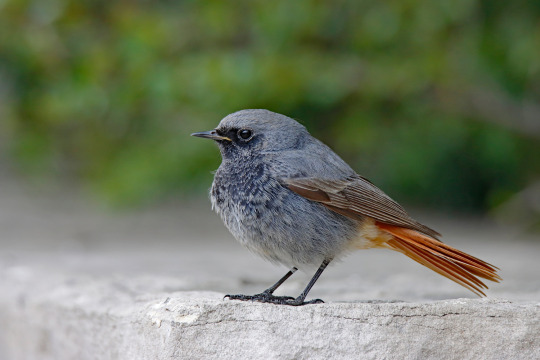
Black redstart (Phoenicurus ochruros)
Photo by Dani Hönig
#fave#black redstart#blackstart#phoenicurus ochruros#phoenicurus#saxicolinae#muscicapidae#muscicapoidea#muscicapida#passerides#passeri#passeriformes#psittacopasserae#eufalconimorphae#australaves#telluraves#inopinaves#neoaves#neognathae#aves#therapoda#archosauria#sauropsida#reptilia#tetrapoda#vertebrata#chordata
17 notes
·
View notes
Text
Irania gutturalis
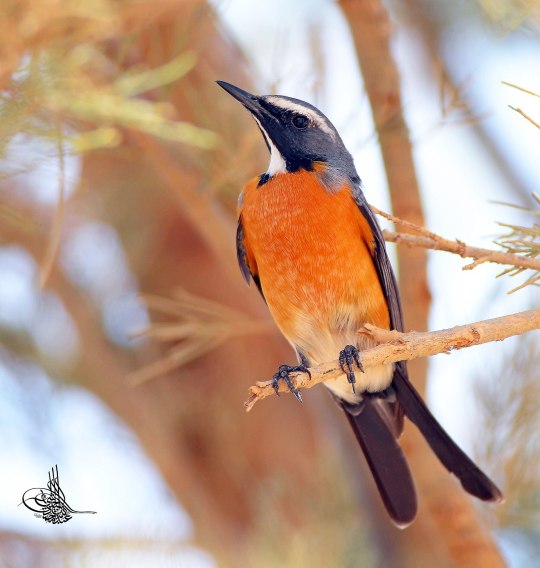
By Amrou-A, CC BY-SA 4.0
Etymology: From Iran
First Described By: de Filippi, 1863
Classification: Dinosauromorpha, Dinosauriformes, Dracohors, Dinosauria, Saurischia, Eusaurischia, Theropoda, Neotheropoda, Averostra, Tetanurae, Orionides, Avetheropoda, Coelurosauria, Tyrannoraptora, Maniraptoromorpha, Maniraptoriformes, Maniraptora, Pennaraptora, Paraves, Eumaniraptora, Averaptora, Avialae, Euavialae, Avebrevicauda, Pygostaylia, Ornithothoraces, Euornithes, Ornithuromorpha, Ornithurae, Neornithes, Neognathae, Neoaves, Inopinaves, Telluraves, Australaves, Eufalconimorphae, Psittacopasserae, Passeriformes, Eupasseres, Passeri, Euoscines, Passerides, Core Passerides, Muscicapida, Muscicapoidea, Muscicapidae, Saxicolinae
Status: Extant, Least Concern
Time and Place: Since 10,000 years ago, in the Holocene of the Quaternary


White-Throated Robins are known from the Middle East in the Summer and Eastern Africa in the Winter
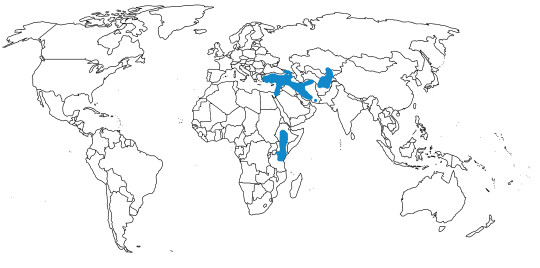
Physical Description: White-Throated Robins are beautiful passerines that actually kind of resemble American Robins in coloration, though they are not closely related at all and this is simply a case of convergent evolution. They range in size between 15 and 17 centimeters long, with grey backs and short black tails. Their wings tend to end in darker grey wingtips. They have a white stripe over their eyes, with a black side of their faces. As the name would suggest, their throats tend to be white in color. They have short, very pointy beaks and long grey legs. The reasons for their name is the coloration of their bellies - most males are a dark red-orange, and the females are as well, but with brown spotting and more white color on their belly. Some males are more of a yellow color than red-orange, which is fascinating. The juveniles tend to look like the females, but more dull in color.
Diet: White-Throated Robins primarily feed upon invertebrates and fruits, include a variety of beetles and ants, as well as berries.
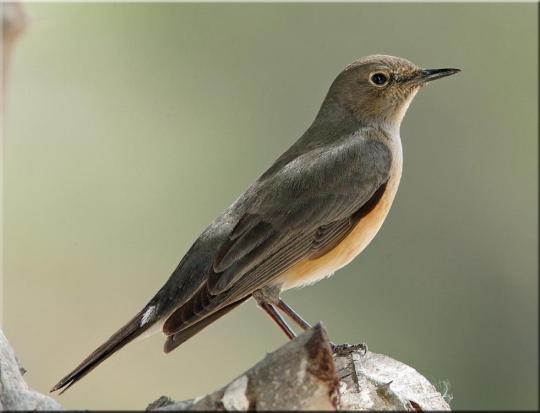
By John A. Thompson
Behavior: These robins will forage among the low twigs on the ground, as well as in bushes and trees. They usually skulk around, spending most of their time in dense undergrowth and hiding in the thicket in order to avoid danger. They are very faithful to their preferred foraging sites, and will even defend them as their territory during the winter foraging season. They are highly migratory, wintering in eastern Africa - from Eritrea to Tanzania - and then leaving their winter sites by the end of March, passing through Kenya and Ethiopia through to Western Asia & Turkey, though some get as far west as Greece and some as far south as Israel. White-Throated Robins then stay in their breeding sites until the end of August, moving back to Africa by going across the Middle East.
Given this very noticeable migration, White-Throated Robins are extremely social and coordinated, making noticeable sounds to one another based on the situation at hand. Their songs are loud, vigorous warbling for multiple seconds with a variety of pauses and phrases, including flute-like whistling and scratchy chatters. These songs are often made in flight as well. Sometimes, the males of this species will mimic other birds. They also make warbles, hard “tec-tec-tec” calls, and more trilling calls as well. They can be, and usually are, extremely loud.
White-Throated Robins tend to breed in dry, rocky slopes with some bushes provided for cover. They usually lay one brood per season, in a nest made of twigs and plant stalks and lined with feathers, usually made in the shape of a flat cup. They’re placed low to the ground in a tree, bush, or stump, and they often place their nests in the same sites from year to year. They lay between four and six pale green-blue eggs, with brown spotting. The eggs are incubated for two weeks, and the young stay for a little bit longer than a week within the next. They then can flutter around at two weeks of age, and fly fully at three weeks. They stick with the parents for another two weeks, before being fully independent.

By Westan Mese, CC BY-SA 4.0
Ecosystem: White-Throated Robins live in scrubland, steppe, stony arid hillsides, semi-desert, and mountainous regions during the breeding season, usually newer juniper and weedy terrain. They will also go to locations with birch and crab apple. In the winter they tend to live in semi-arid scrub and thickets, including acacia woodland and gardens. They don’t tend to reach higher elevations. White-Throated Robins are often preyed upon by lizards, snakes, and Common Magpies.
Other: Funnily enough, despite being called a robin and being similar in appearance to the American Robin - which is actually a thrush - White-Throated Robins are actually chats. Because passerine phylogenetics is a mess. They are not threatened with extinction, and there are probably millions of White-Throated Robins alive today.
~ By Meig Dickson
Sources Under the Cut
Collar, N. (2019). White-throated Robin (Irania gutturalis). In: del Hoyo, J., Elliott, A., Sargatal, J., Christie, D.A. & de Juana, E. (eds.). Handbook of the Birds of the World Alive. Lynx Edicions, Barcelona.
Jobling, J. A. 2010. The Helm Dictionary of Scientific Bird Names. Christopher Helm Publishing, A&C Black Publishers Ltd, London.
#Irania gutturalis#Irania#White-Throated Robin#Bird#Dinosaur#Factfile#Birds#Dinosaurs#Birblr#Passeriform#Songbird#Perching Bird#Thrush#Omnivore#Africa#Eurasia#Quaternary#Songbird Saturday & Sunday#biology#a dinosaur a day#a-dinosaur-a-day#dinosaur of the day#dinosaur-of-the-day#science#nature
217 notes
·
View notes
Photo
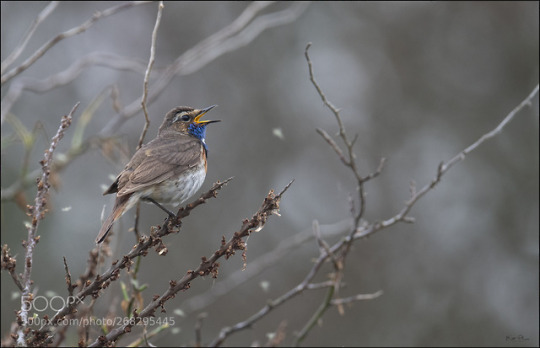
bluethroat by ernstpluess
0 notes
Text

[2299/11080] Chestnut-naped forktail - Enicurus ruficapillus
Order: Passeriformes
Suborder: Passeri
Superfamily: Muscicapoidea
Family: Muscicapidae (old world flycatchers)
Subfamily: Saxicolinae (chats)
Photo credit: Wai Loon Wong via Macaulay Library
#birds#Chestnut-naped forktail#Passeriformes#Passeri#Muscicapoidea#Muscicapidae#Saxicolinae#Enicurus#birds a to z#undescribed
246 notes
·
View notes
Photo
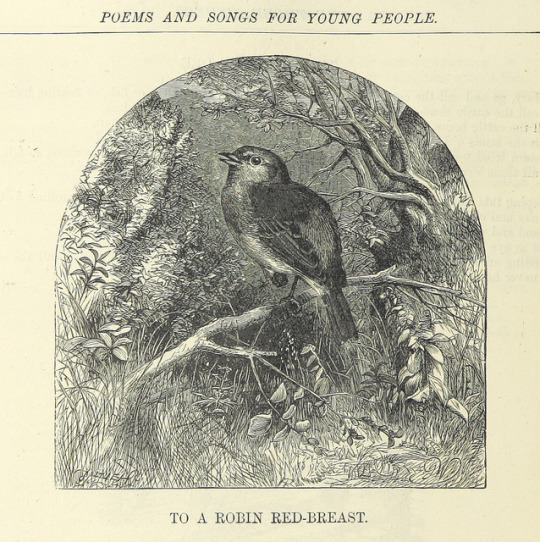
Image taken from page 200 of 'Illustrated Poems and Songs for Young People. Edited by Mrs. Sale Barker' by The British Library on Flickr.
#European Robin#Erithacus rubecula#Erithacus#Saxicolinae#Muscicapidae#Muscicapoidea#birds#birds in art#1880s#Lucy D. Sale Barker#illustration#books
10 notes
·
View notes
Text
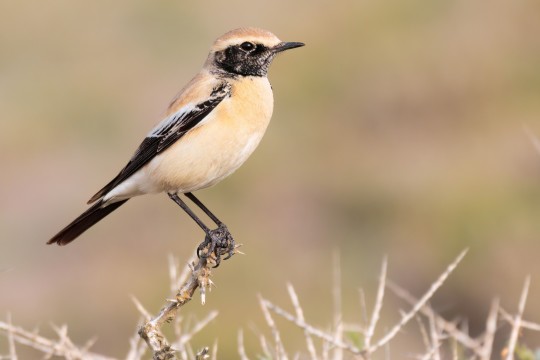
[2946/11080] Desert wheatear - Oenanthe deserti
Order: Passeriformes
Suborder: Passeri
Superfamily: Muscicapoidea
Family: Muscicapidae (old world flycatchers)
Subfamily: Saxicolinae (chats)
Genus: Oenanthe (wheatears)
Photo credit: Iker Fernández Martínez via Macaulay Library
#birds#Desert wheatear#Passeriformes#Passeri#Muscicapoidea#Muscicapidae#Saxicolinae#Oenanthe#birds a to z#undescribed#25% - 50%
113 notes
·
View notes
Text
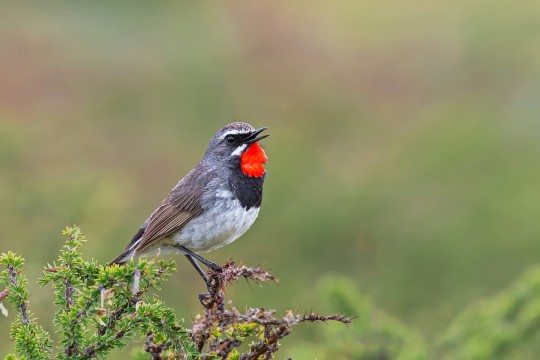
[2370/11080] Chinese rubythroat - Calliope tschebaiewi
Order: Passeriformes
Suborder: Passeri
Superfamily: Muscicapoidea
Family: Muscicapidae (old world flycatchers)
Subfamily: Saxicolinae (chats)
Photo credit: Rajkumar Das via Macaulay Library
#birds#Chinese rubythroat#Passeriformes#Passeri#Muscicapoidea#Muscicapidae#Saxicolinae#Calliope#birds a to z#undescribed
122 notes
·
View notes
Text

[2929/11080] Daurian redstart - Phoenicurus auroreus
Order: Passeriformes
Suborder: Passeri
Superfamily: Muscicapoidea
Family: Muscicapidae (old world flycatchers)
Subfamily: Saxicolinae (chats)
Photo credit: u7 Liao via Macaulay Library
#birds#Daurian redstart#Passeriformes#Passeri#Muscicapoidea#Muscicapidae#Saxicolinae#Phoenicurus#birds a to z#undescribed#25% - 50%
79 notes
·
View notes
Text
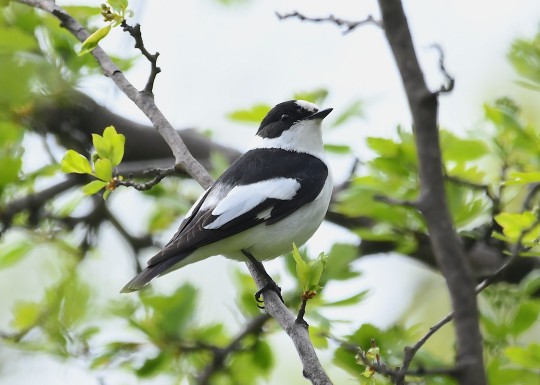
[2545/11080] Collared flycatcher - Ficedula albicollis
Order: Passeriformes
Suborder: Passeri
Superfamily: Muscicapoidea
Family: Muscicapidae (old world flycatchers)
Subfamily: Saxicolinae (chats)
Photo credit: Василий Калиниченко via Macaulay Library
#birds#Collared flycatcher#Passeriformes#Passeri#Muscicapoidea#Muscicapidae#Saxicolinae#Ficedula#birds a to z#undescribed
137 notes
·
View notes
Text
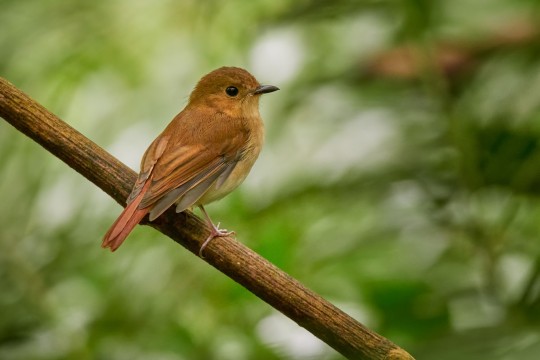
[2840/11080] Cryptic flycatcher - Ficedula crypta
Order: Passeriformes
Suborder: Passeri
Superfamily: Muscicapoidea
Family: Muscicapidae (old world flycatchers)
Subfamily: Saxicolinae (chats)
Photo credit: Alden Fernandez via Macaulay Library
#birds#Cryptic flycatcher#Passeriformes#Passeri#Muscicapoidea#Muscicapidae#Saxicolinae#Ficedula#birds a to z#undescribed#25% - 50%
71 notes
·
View notes
Text

[2630/11080] Common redstart - Phoenicurus phoenicurus
Order: Passeriformes
Suborder: Passeri
Superfamily: Muscicapoidea
Family: Muscicapidae (old world flycatchers)
Subfamily: Saxicolinae (chats)
Photo credit: Dimitris Kokkinidis via Macaulay Library
#birds#Common redstart#Passeriformes#Passeri#Muscicapoidea#Muscicapidae#Saxicolinae#Phoenicurus#birds a to z#described
55 notes
·
View notes
Text
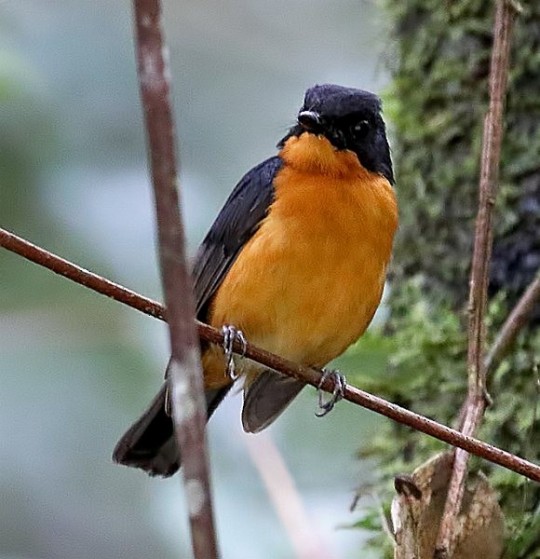
[2469/11080] Cinnamon-chested flycatcher - Ficedula buruensis
Order: Passeriformes
Suborder: Passeri
Superfamily: Muscicapoidea
Family: Muscicapidae (old world flycatchers)
Subfamily: Saxicolinae (chats)
Photo credit: Anthony Sawbridge via Macaulay Library
#birds#Cinnamon-chested flycatcher#Passeriformes#Passeri#Muscicapoidea#Muscicapidae#Saxicolinae#Ficedula#birds a to z#undescribed
59 notes
·
View notes
Text

[2888/11080] Damar flycatcher - Ficedula henrici
Order: Passeriformes
Suborder: Passeri
Superfamily: Muscicapoidea
Family: Muscicapidae (old world flycatchers)
Subfamily: Saxicolinae (chats)
Photo credit: Craig Morley via Macaulay Library
#birds#Damar flycatcher#Passeriformes#Passeri#Muscicapoidea#Muscicapidae#Saxicolinae#Ficedula#birds a to z#undescribed#25% - 50%
51 notes
·
View notes
Text
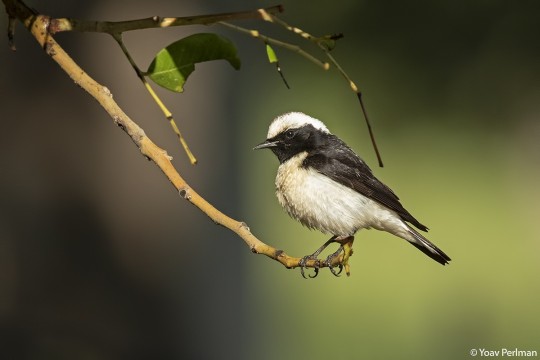
[2884/11080] Cyprus wheatear - Oenanthe cypriaca
Order: Passeriformes
Suborder: Passeri
Superfamily: Muscicapoidea
Family: Muscicapidae (old world flycatchers)
Subfamily: Saxicolinae (chats)
Genus: Oenanthe (wheatears)
Photo credit: Yoav Perlman via Macaulay Library
#birds#Cyprus wheatear#Passeriformes#Passeri#Muscicapoidea#Muscicapidae#Saxicolinae#Oenanthe#birds a to z#undescribed#25% - 50%
47 notes
·
View notes